Best Strength Training Exercises for Women Over 50
As women age, maintaining a healthy lifestyle becomes an essential part of ensuring overall health and well-being. For women over 50, strength training is not just about building strong muscles—it’s about embracing a fountain of youth that promotes bone health, prevents age-related muscle loss, and improves daily activities. Let’s dive into why strength training is a great option for older women, and how it can transform your health, vitality, and quality of life.
The Importance of Strength Training for Women Over 50
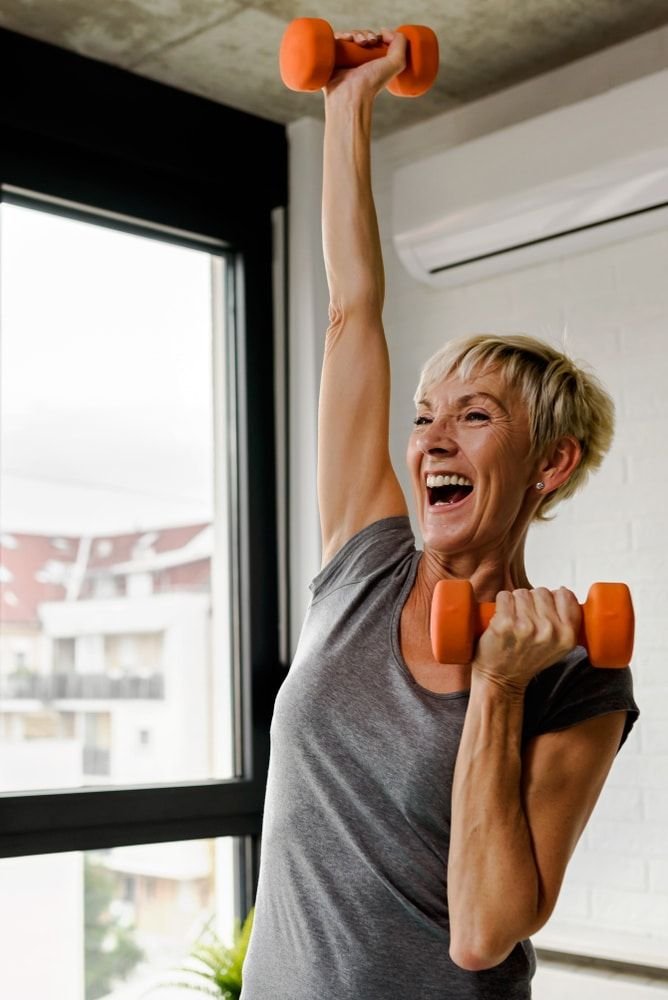
Strength training is a form of exercise designed to improve muscular strength, lean muscle mass, and functional movements. For older adults, this type of workout plays a crucial role in combating the natural decline in muscle strength and bone density associated with the aging process. Good news! Studies show that regular weight training can help women of all ages regain muscle tone, increase energy levels, and even reduce the risk of injury. According to a new study, women over 50 who engage in resistance training experience improvements in mental health, reduced symptoms of depression, and better management of chronic conditions like heart disease and arthritis.
Key Benefits of Strength Training
1. Improved Bone Density and Joint Health As estrogen levels decline during menopause, so does bone health, increasing the risk of osteoporosis.
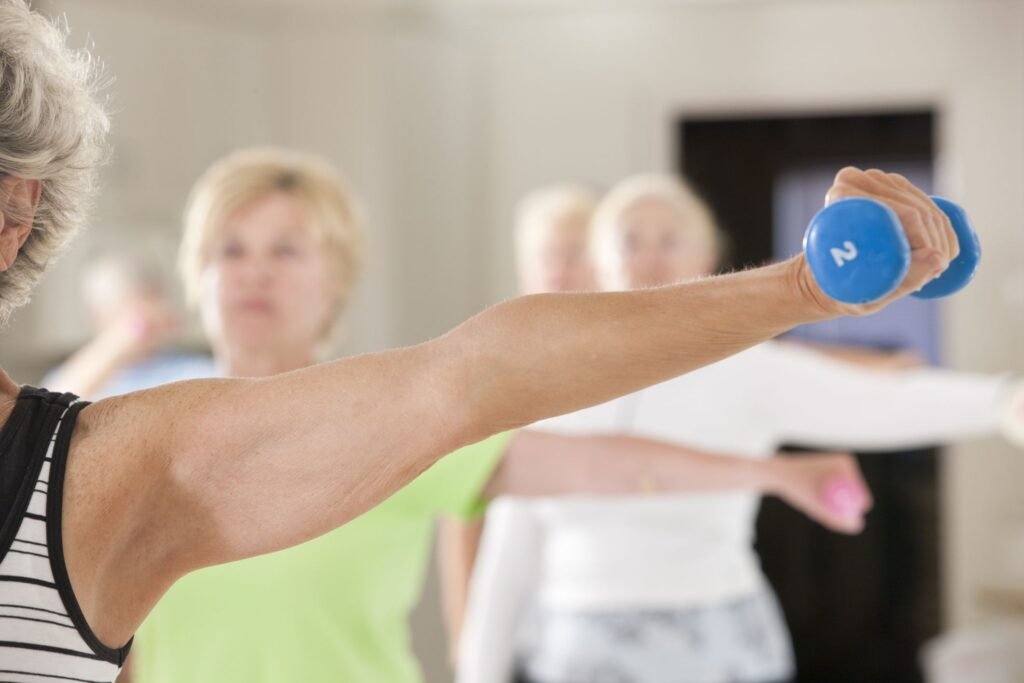
Strength training is a proven way to improve bone density, reducing the likelihood of fractures and breaks. Additionally, it alleviates joint pain by strengthening the muscles that support joints, enhancing overall mobility.
2. Reduction in Age-Related Muscle Loss Sarcopenia, or age-related muscle loss, is a natural part of the aging process.
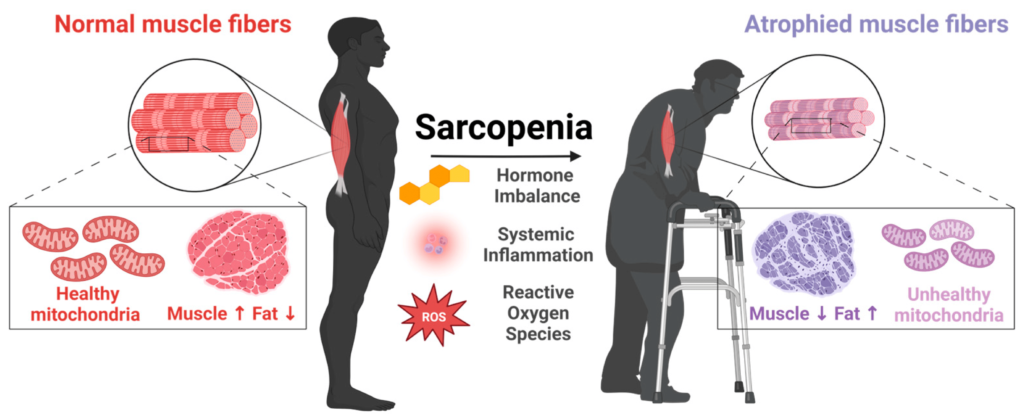
However, incorporating strength exercises like weight lifting or bodyweight exercises can help preserve and even rebuild lean muscle mass, ensuring older individuals maintain their overall strength.
3. Enhanced Functional Movements Strength training improves functional strength, enabling daily tasks such as lifting groceries, climbing stairs, or gardening to be performed with greater ease.
By focusing on major muscle groups through compound exercises, women over 50 can improve their range of motion and reduce the risk of falls.
4. Weight Loss and Body Fat Reduction A common misconception is that strength training is only for building muscle.

In reality, it’s highly effective for promoting weight loss by increasing metabolism and reducing body fat. Even lighter weights or resistance bands can contribute to significant improvements.

Mental Health and Cognitive Benefits Physical activity, including strength-training workouts, has been shown to improve mental health by boosting moods, reducing anxiety, and even alleviating symptoms of depression. It’s a holistic approach to supporting both body and mind.
READ MORE: What Vitamins Should You Take Daily for Optimal Wellness!
Strength Training Tips for Women Over 50
If you’re a complete beginner, starting a strength-training workout can feel intimidating. However, with the right guidance and mindset, it can become one of the most rewarding aspects of your routine.
Here are some key points to keep in mind:
1. Focus on Proper Form Improper technique can lead to injuries, so learning the starting position and execution of each exercise is essential. Working with a personal trainer or physical therapist can ensure you’re maintaining proper form and targeting the right muscles.
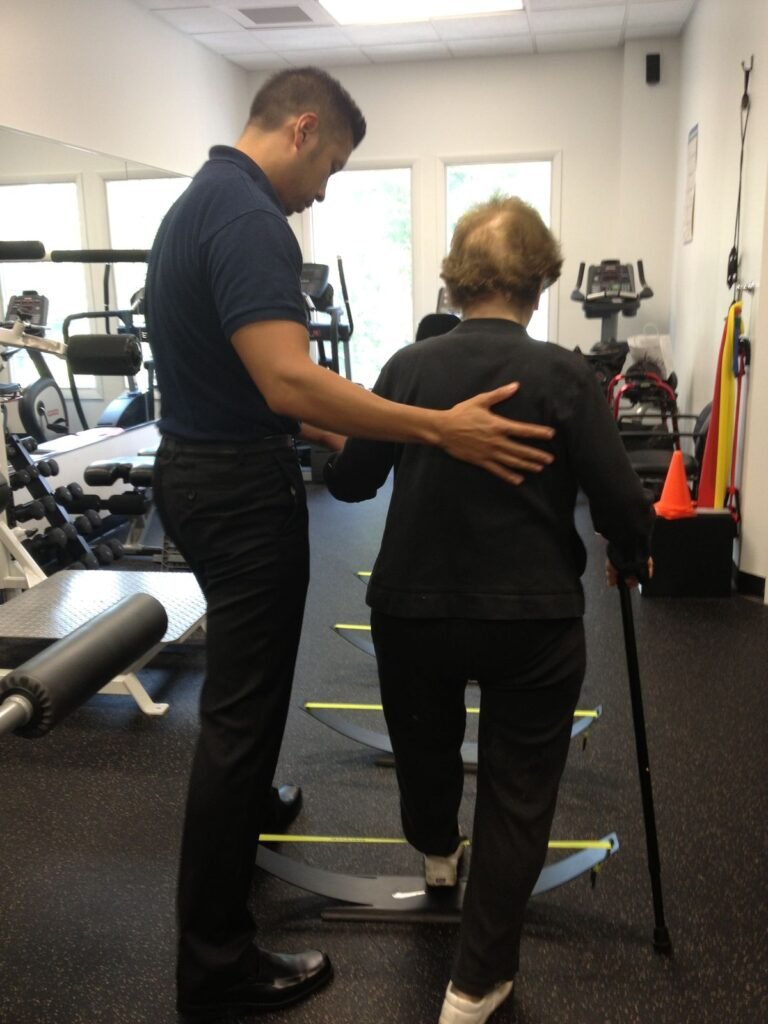
2. Start with Lighter Weights For beginners, using light weights or resistance bands is a great way to ease into strength training. Gradually progress to heavier weights as your fitness level improves.

3. Target Major Muscle Groups Incorporate exercises that focus on the core muscles, upper body strength, and lower body exercises. Examples include squats for strong legs, push-ups for arms and shoulders, and planks for overall core strength.

4. Incorporate Bodyweight Exercises If you don’t have access to equipment, body weight exercises like lunges, tricep dips, or the full body roll-up are effective alternatives.
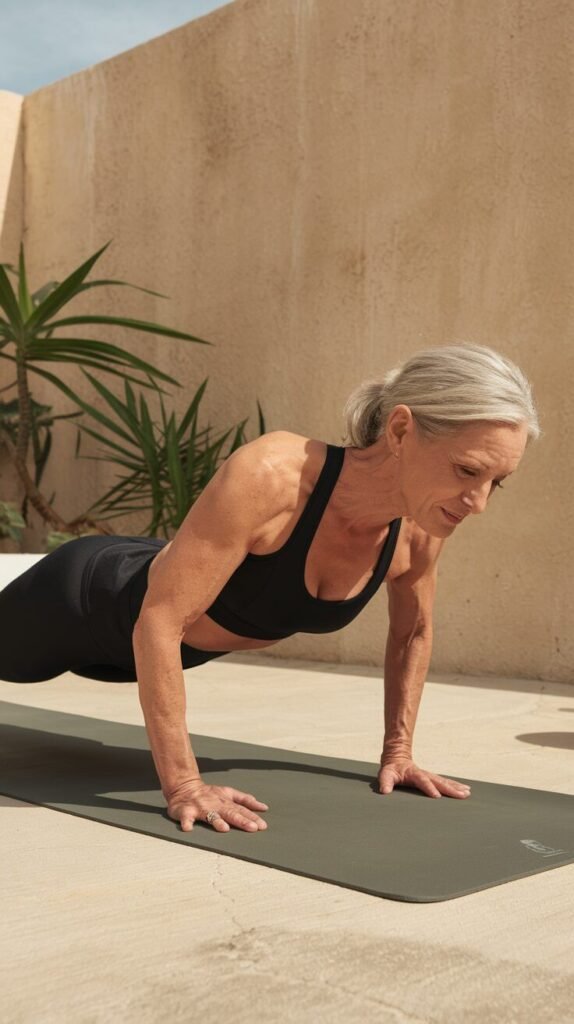
5. Engage in Aerobic Exercise Pairing strength training with aerobic exercise like walking, jogging, or brisk walking keeps your heart pumping and enhances overall health.
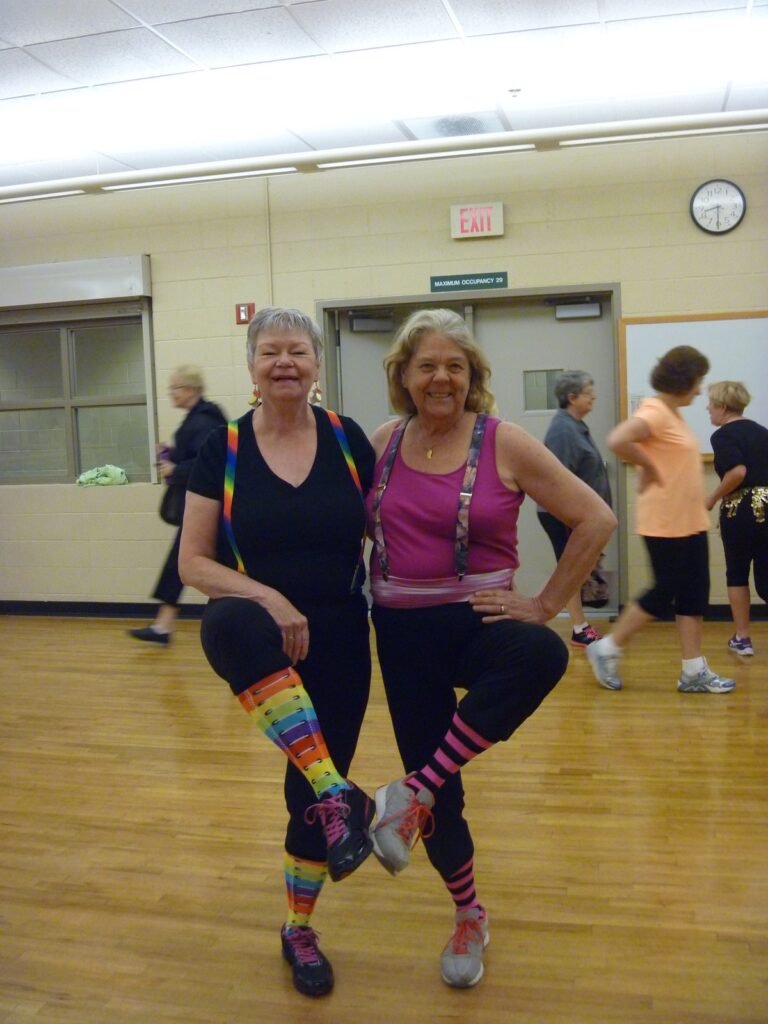
Best Strength Training Exercises for Women Over 50
Below are some of the best strength training exercises for older women. These moves are designed to improve functional strength, balance, and endurance while reducing the risk of injury.
1. Squats Target: Lower body exercises (glutes, quads, hamstrings)
Tip: Stand with your feet shoulder-width apart, and lower your body as though sitting in a chair.
Keep your back straight and knees aligned.
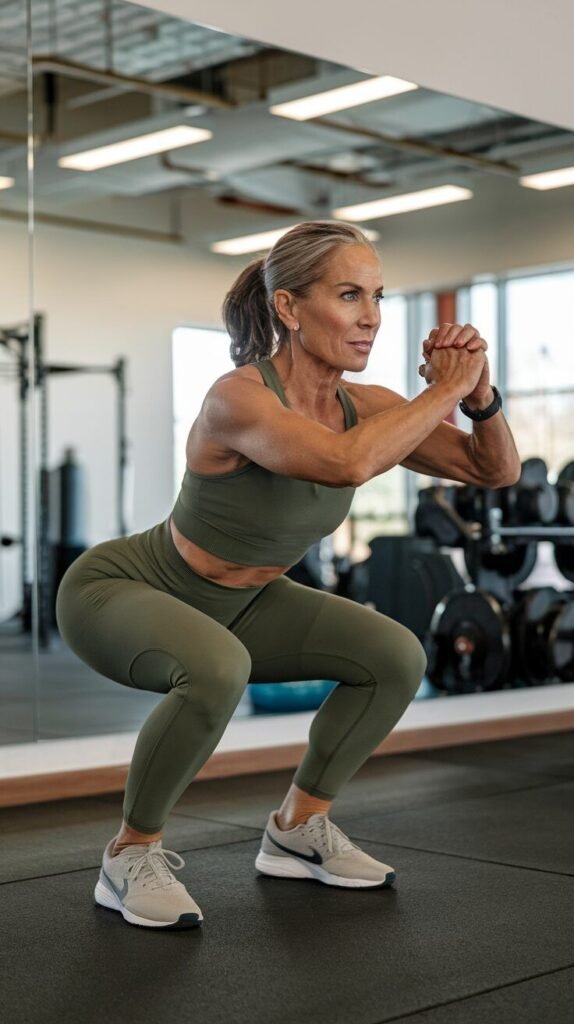
2. Tricep Kickback Target: Arms and upper body strength
Tip: Using hand weights, bend forward slightly and extend your arms backward, focusing on the triceps.
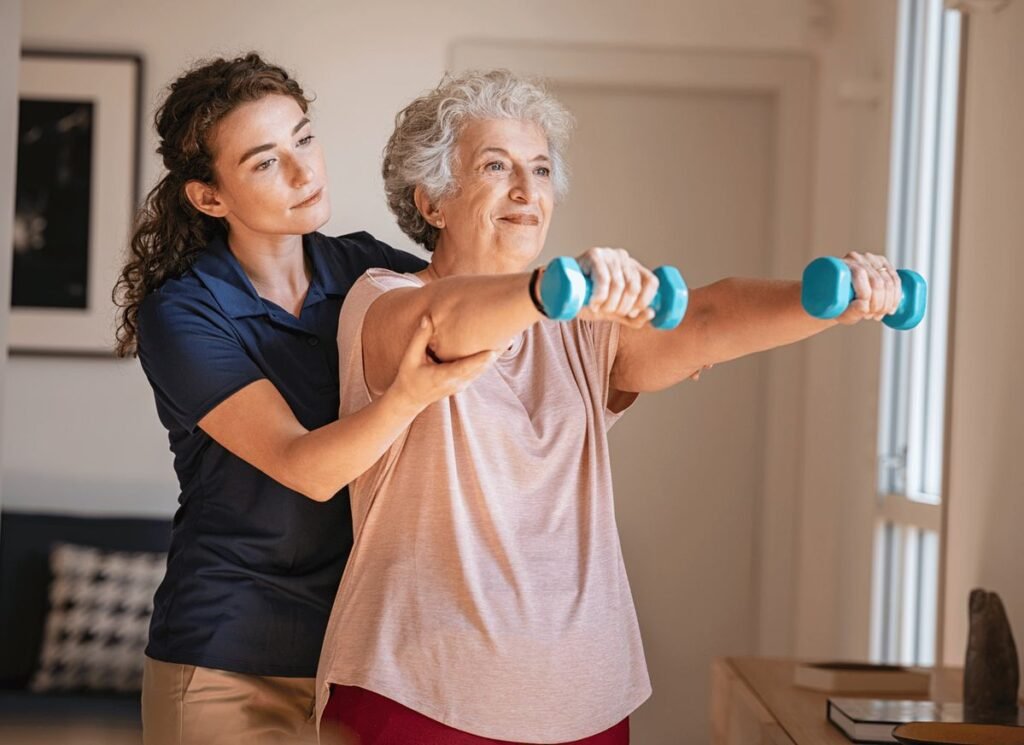
3. Leg Extension Machine Target: Quadriceps and strong legs
Tip: A great option for building lower-body strength, this machine isolates the quads.

4. Plank Target Core muscles Tip: Hold your body in a straight line, resting on your forearms and toes. Start with 20 seconds and gradually increase the duration.
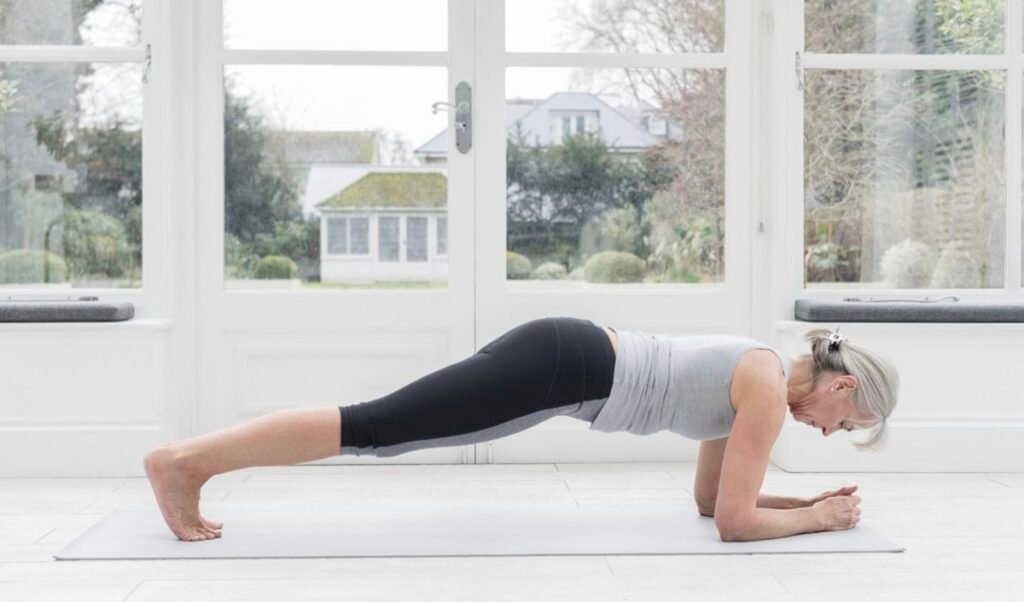
5. Deadlifts Target: Hamstrings, glutes, and lower back
Tip: Use lighter weights to start, ensuring your back remains straight.

6. Resistance Band Rows Target: Back and arms
Tip: Use resistance bands to mimic a rowing motion, pulling the band toward your chest.
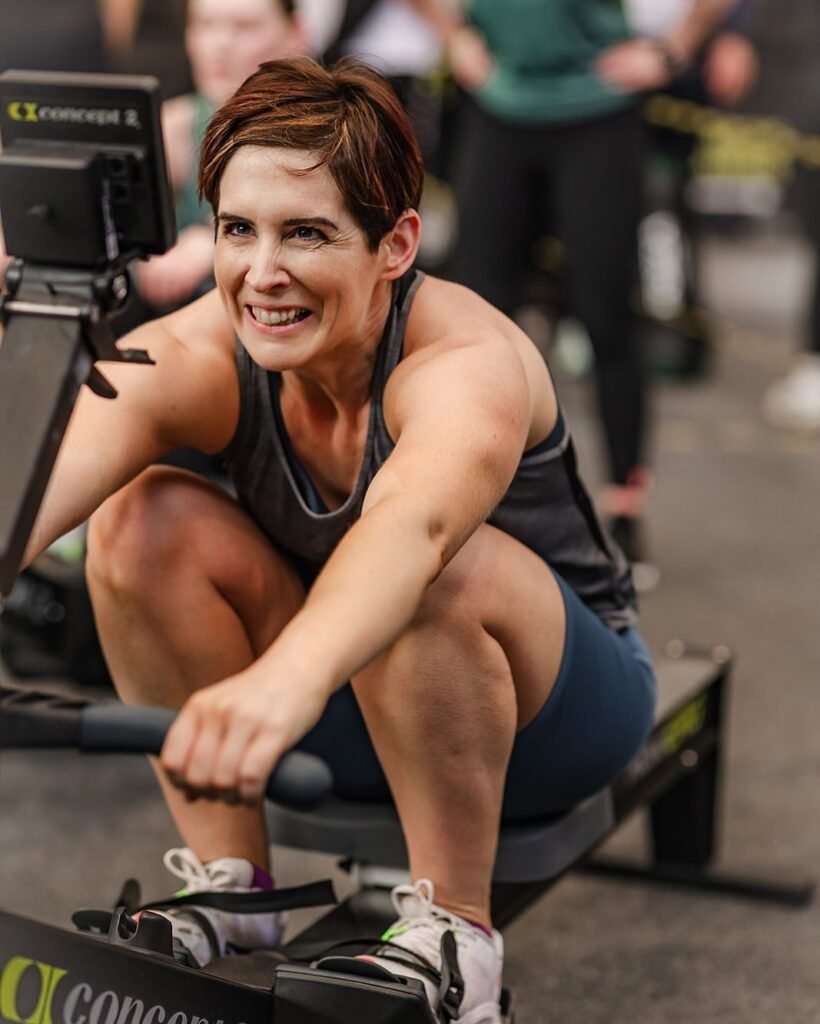
7. Push-Ups Target: Chest, shoulders, and arms
Tip: Modify by starting on your knees if needed.

How to Get Started
For older individuals looking to start a strength-training workout, the first step is to consult with a doctor, especially if you have any chronic conditions. Once cleared, consider the following:
1. Join Fitness Classes Group classes designed for older adults are a great way to learn new moves and stay motivated.
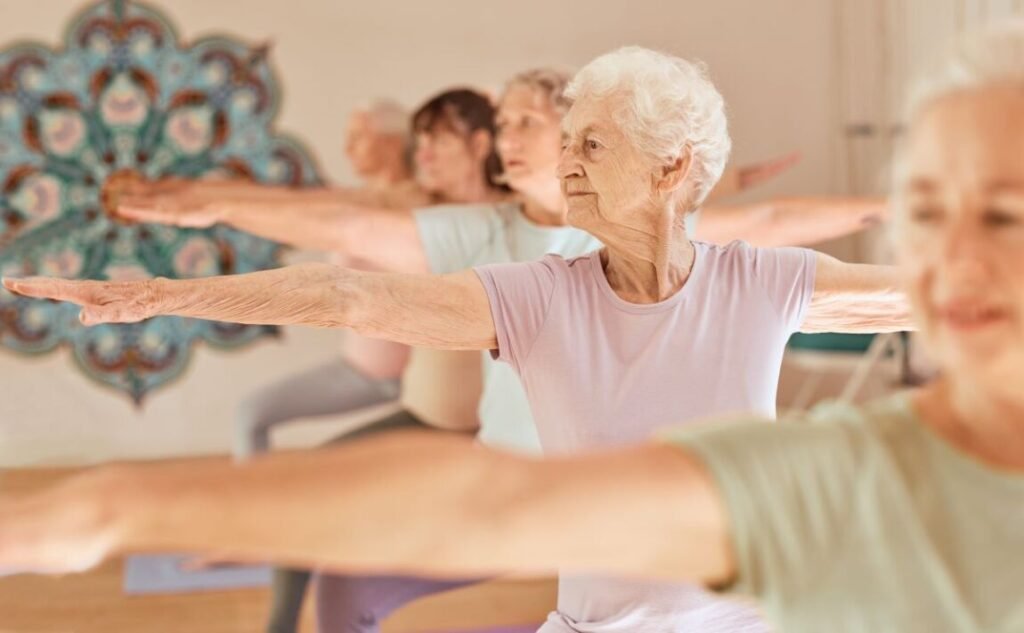
2. Work with a Professional A personal trainer or physical therapist can create custom workouts tailored to your fitness level and goals.
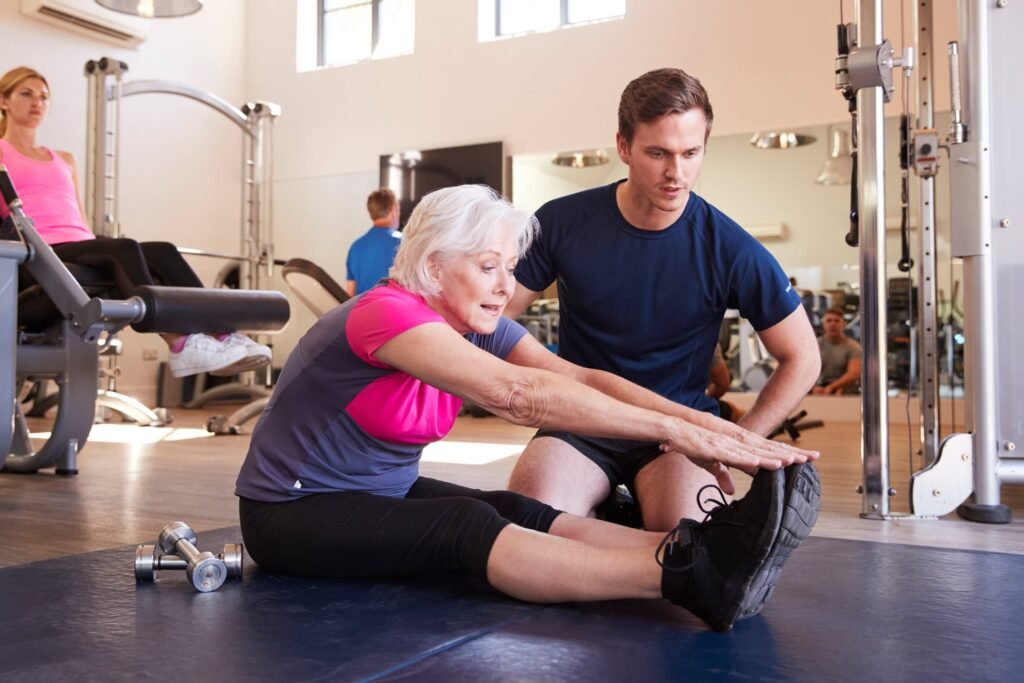
3. Follow Physical Activity Guidelines The World Health Organization recommends at least two days of strength exercises per week for older adults.

4. Listen to Your Body Rest is an important factor in preventing overtraining and injury prevention. Allow muscles to recover between sessions.

Incorporating Strength Training into a Healthy Lifestyle
Incorporating strength training into your routine doesn’t have to feel overwhelming. Combine it with other
forms of physical activity like brisk walking or yoga to create a well-rounded fitness plan. Aim for
consistency, and remember that even small efforts contribute to long-term improvements in overall
strength, balance, and bone health.
Conclusion

Strength training is an empowering tool for women over 50 to reclaim their health, vitality, and independence. By focusing on functional movements, targeting major muscle groups, and maintaining proper form, you can not only enhance your everyday activities but also enjoy the countless benefits of a healthy body and mind. Whether you’re using resistance bands, light weights, or just your body weight, the journey to wellness begins with a single step.
So, why wait? Join the countless older people who’ve embraced strength training as a great option for aging gracefully, and discover the fountain of youth within yourself. Invest in your health, because you’re worth it!

